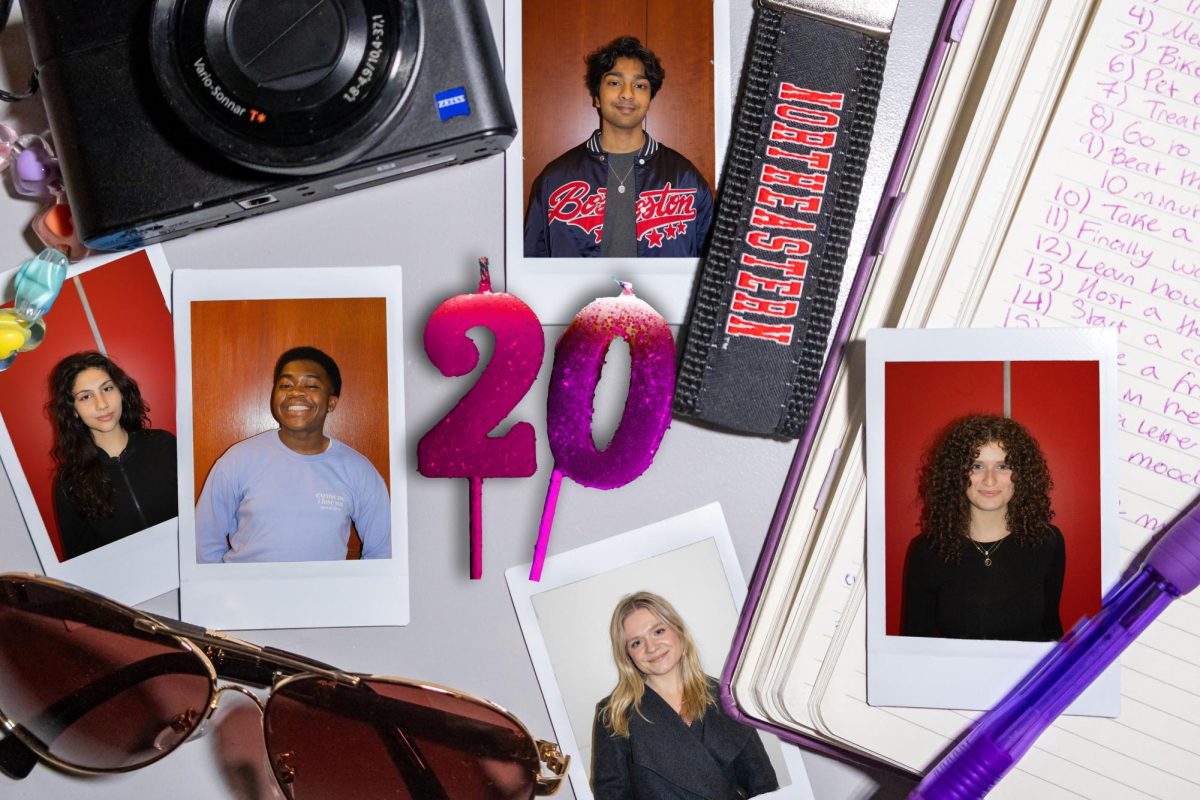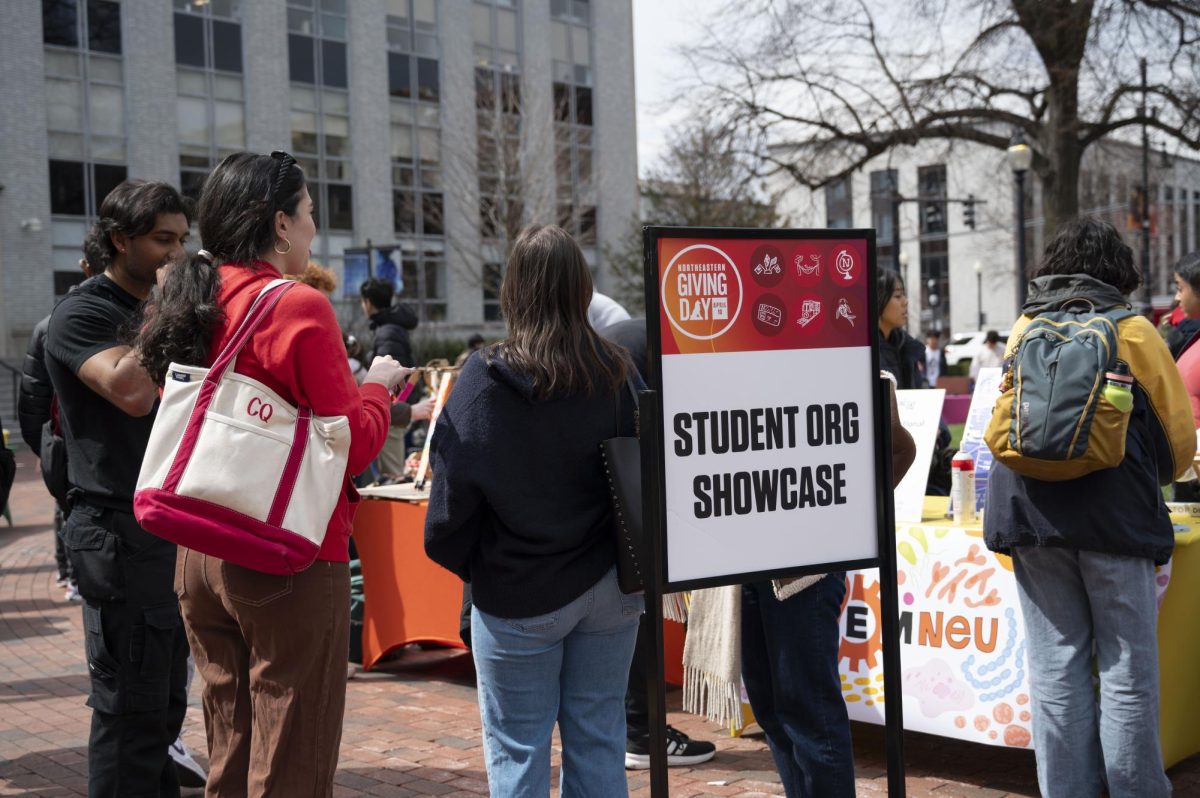
By Anthony Savvides, News Correspondent
Can you hear the sweet sounds of (legally) free music? They’re blaring out of speakers and cell phones across America now, as Spotify, a Swedish online music streaming service, has finally arrived in the US. Though it is used by approximately 10 million people worldwide and has been available in Europe since its inception in 2008, Spotify only launched its American campaign July 14. However, Spotify is currently using an invite-only model for its free service.
Spotify has placed itself in direct competition with the likes of other popular music streaming and downloading services, such as Rhapsody, Napster, iTunes and Pandora. The new service negotiated with four major record labels – Universal Music Group, Sony Music Group, Warner Music Group and EMI – to secure deals prior to the U.S. launch. As part of those agreements, Spotify will pay per-play dividends to all rights holders whose music is streamed through the service.
Ben Anderson, a senior music industry major, applied through Spotify to get an invitation and has been using the free version ever since.
“It’s interesting because [Spotify has] backing from some of the major labels, which is unique for a music streaming service,” Anderson said.
The service is currently available in three varieties: Spotify Free, Spotify Unlimited and Spotify Premium. Users who register for free accounts, will experience visual banner and radio-style advertisements. There is a limit of five plays per track and 10 hours of streaming per month for free accounts, while paid subscriptions allow streaming without any ads or time limits and with a range of extra features, such as higher bit rate streams and offline access to music.
Both of the paid subscription options are accessible without an invitation. Spotify Unlimited, at $4.99 per month, allows subscribers to stream the service’s music without suffering through ads and without any time limits. The premium subscription, which is the most expensive at $9.99 per month, allows users to access Spotify on mobile devices, such as smartphones and tablets, without Internet access.
“I think that people won’t need to own the music if they can access it anywhere – on their phones, computers, other people’s computers,” Anderson said. “Who cares if you own it?”
Spotify allows users to browse by artist, album, record label, genre, or through direct searches. People can also access their own music files, and share playlists, which is the site’s attempt to integrate music streaming with social networking.
Music industry and songwriting professor Brad Hatfield said he had a student in fall 2010 who showed him the fully unlocked version of the software from Europe that he hacked on his smartphone. The student used Spotify to play a song Hatfield himself had written. While the student didn’t buy the song, the stream would still monetarily benefit Hatfield, who said he was impressed by the service.
“Everyone has different needs, but I think Spotify is in a good position to satisfy those needs,” Hatfield said. “I’m a musician – I create music, monetize it, and share it with people.”
Hatfield has been getting paid as people stream his music throughout Europe for a few years now, but he said he’s excited about Spotify’s arrival in the U.S.
“It’s a very slow but steady process from an old business model of brick-and-mortar and moving hard copies of records to a model that deals with the lifestyle of this generation,” he said. “It’s supply and demand, but with digital tracks the supply doesn’t matter, because they won’t run out. It’s more about timing. If [Spotify has] the right price-point, they can’t miss. It’ll pretty much guarantee success.”
According to some students, however, Spotify may already be too late in making its U.S. debut.
“I do use iTunes, but I use Pandora a lot more,” Anderson said. “I’ve been tending to go back to Pandora, because I kind of like not having to think about putting together a playlist. That tends to be more work than I have time for, like when I’m at work, for example. I also tend not to keep up with what’s hot, or my iTunes playlists, so I like someone feeding that to me.”
Pandora has a smart radio feature, which creates playlists based on genre or artist interests. Spotify, on the other hand, has no music recommendation tool. Instead, it relies on the user to search for music and compile a playlist. While the service may be lacking in recommendations, however, it incorporates sharing tools never before seen in the music streaming world.
Users can create playlists which can then be shared with friends through mediums such as Facebook. Spotify can also link to Facebook accounts so that people can keep up with what their friends are listening to.
“I went crazy trying to get an invite, and then I got one and I felt like it was the same thing [as Google Music and iTunes],” said Dan Kramar, a middler chemical engineering major. “At some point, it’s kind of repetitive. I don’t use it for playing my music, because I already have a good way of doing that. I don’t like change. Spotify has something that other services don’t. But it’s not important enough to me to draw me away from iTunes and Google Music.”
Kramar said that he felt the social network tools integrated into Spotify is its strongest appeal, because “that’s usually how you hear about new music – through friends.”
While some students might be hesitant to try a new music service, Music industry professor David Herlihy believes that Spotify can further integrate other tools to its interface, such as a ticketing service and a Pandora-like music suggestion service.
“[Spotify] is easy to use, it’s fun, it’s clean – but it can become stagnant and passe and there’s always room for growth and innovation,” said Herlihy, who is also an intellectual property attorney. “If they can get into further integration, there’s a lot of room for the ideal [music] service. It’s a continuum. Spotify is not an endgame, but it’s the best game in town right now.”








